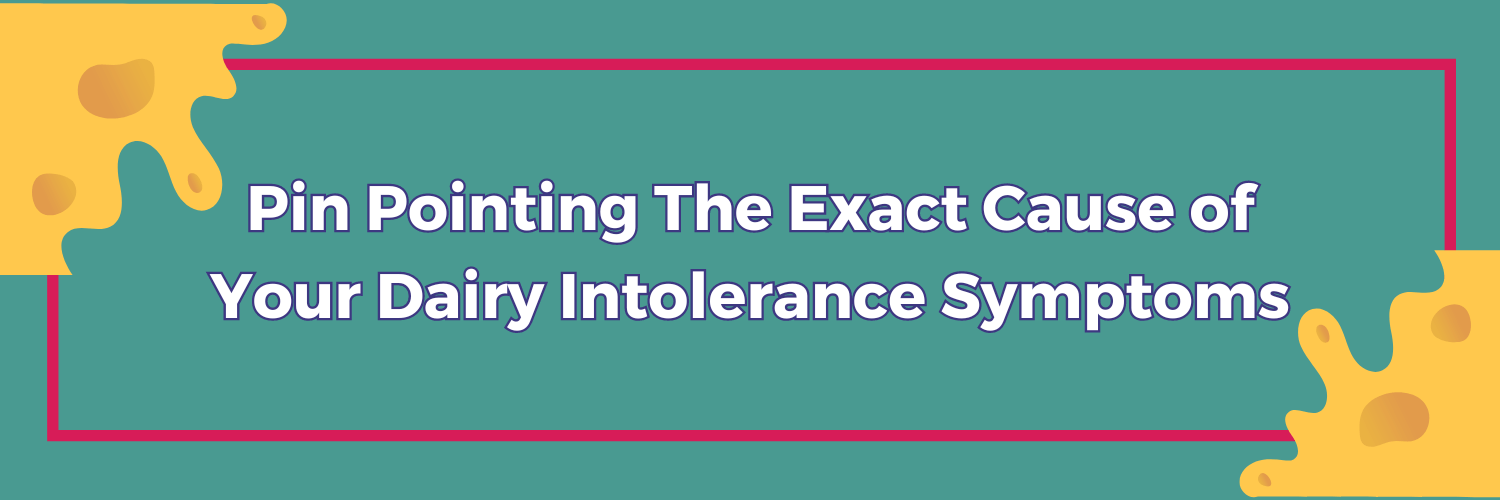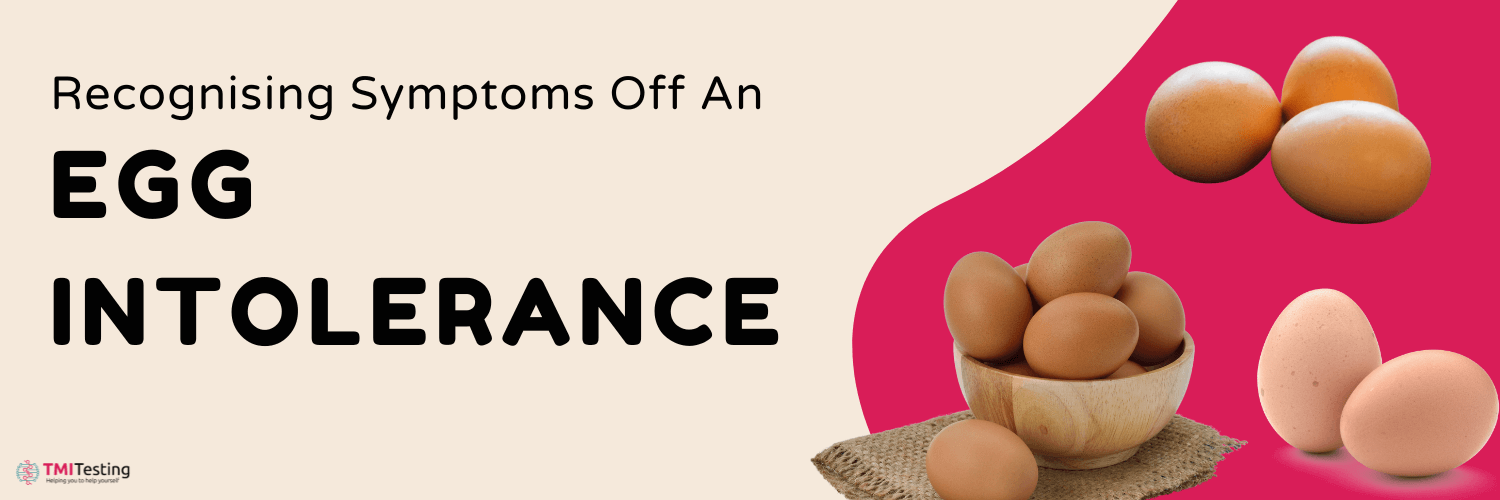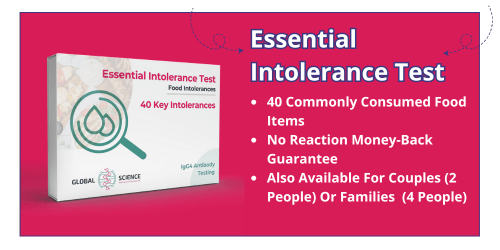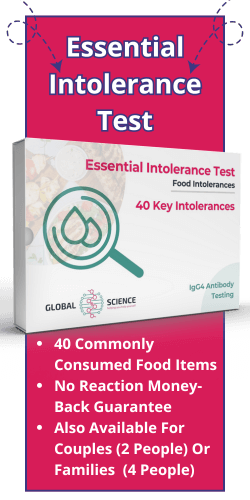Wheat has been a staple of many diets for thousands of years. We all love the likes of bread, pasta, and porridge, but sometimes our digestive system has a different opinion. Wheat intolerance is one of the most prevalent food intolerances in the UK, impacting people of various ages. But figuring out if you have a wheat intolerance can be hard when you’re not sure how your eating habits are causing any symptoms you may be feeling. Here are a few of the most common signs of a wheat intolerance to watch for.
• Gluten-rich foods cause an upset stomach: After checking nutrition labels for high levels of gluten and wheat, you might find that it’s the wheat that’s causing your discomfort. This is why keeping a food journal, tracking both what you eat and any symptoms you experience is so important for proper diagnostics.
• You have mysterious post-meal symptoms: If you’re often experiencing seemingly mysterious symptoms after some meals but not others, check the ingredients for commonalities. If you notice a pattern and start to see a common factor, it may indicate that you have an intolerance to a certain ingredient, such as wheat. Wheat is a key ingredient in a lot of meals and snacks, so it’s very possible this same trigger every time you’re reacting.
• You feel better after going gluten-free: One tried and true method of identifying an intolerance is cutting it from your diet completely for at least two weeks to test. You might find that you feel much better. For example, you aren’t knackered after eating a regular-sized meal. Your stomach isn’t so bloated or cramped. Gluten- and wheat-free living doesn’t get rid of your problems, but it doesn’t create any, either.
• You’ve ruled out coeliac disease: Wheat intolerance and coeliac disease are often confused with each other. However, they’re very different conditions and a proper diagnosis is required to treat either optimally. Coeliac disease can cause your stomach lining to become damaged, while wheat intolerance just makes you feel uncomfortable and shouldn’t have nearly as bad an impact on your health (though it is still an issue).
Get tested to clear up the confusion
If you’re still unsure as to whether or you’re experiencing wheat intolerance, you can get solid answers through having a food intolerance test. (https://www.tmitesting.com/how-easy-is-an-intolerance-test/)This will deliver much more concrete results than a simple elimination diet. Instead of a bunch of trial and error, you can get all the answers, in a fraction of the time.
It can be tricky to live with food intolerance, especially as it’s a pillar of most modern UK diets. But it is possible. As both wheat intolerance and coeliac disease are becoming more common more alternatives are being created and are readily available. Now, everyone has the chance to enjoy their favorite foods, wheat intolerant or not.
Figuring out what your food intolerances are will allow you food-freedom. You’ll be able to enjoy your meals again without discomfort.






